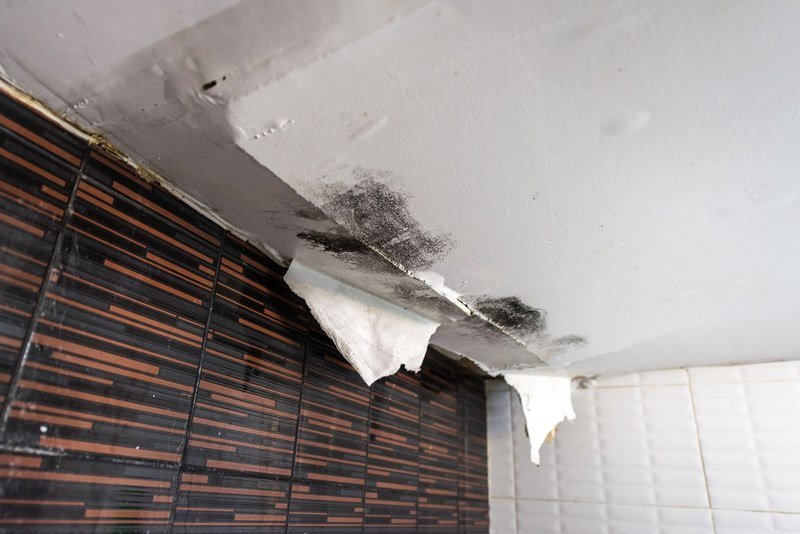The Residential Common Typical Factors of Leakage: Detailed Examination
The Residential Common Typical Factors of Leakage: Detailed Examination
Blog Article
In this article in the next paragraph you can find a bunch of amazing news related to Most Common Causes of Leaky Pipes.

Leaks not just create waste of water yet can likewise cause unnecessary damages to your residence and advertise undesirable natural growth. Water leaks could go undetected considering that many of the pipework in our residence is hidden. By comprehending and also looking for day-to-day circumstances that cause leakages, you can protect your residence from future leakages and unneeded damages. Today, we will check out 6 leakage causes that may be creating your pipes to drip.
Elbowing in roots
Many water leakages start outside your home instead of inside it. If you see a sudden reduction in water stress, say in your tap, take time to head out and analyze your backyard. You might see wet patches or sinkholes in your yard, which might suggest that tree origins are getting into water lines causing water to leak out. You can have your plumber look for intrusion, specifically if you have trees or shrubs near your home.
Corroded water supply
This could be the cause of discoloration or bending on your water pipelines. If our plumbing system is old, think about replacing the pipes because they are at a higher risk of corrosion than the newer designs.
Malfunctioning Pipeline Joints
Pipeline joints can wear away over time, resulting in water leaks. If you have loud pipes that make ticking or banging noises, specifically when the warm water is turned on, your pipeline joints are probably under a whole lot of pressure.
Immediate temperature level adjustments.
Severe temperature level adjustments in our pipes can cause them to broaden and also contract suddenly. This development and also contraction might trigger fractures in the pipelines, especially if the temperature level are below freezing. It would certainly be best if you watched on how your plumbing works. The existence of the previously discussed situations frequently suggests a high threat.
Poor Water Connectors
At times, a leakage can be triggered by loose pipes as well as pipelines that supply your appliances. In case of a water connections leakage, you might observe water running straight from the supply line or puddles around your appliances.
Blocked Drains
Obstructed drains could be bothersome as well as inconveniencing, but they can sometimes wind up causing an overflow resulting in burst pipes. Keep eliminating any kind of materials that may drop your drains pipes that can obstruct them to prevent such troubles.
All the above are causes of leakages however not all water leaks arise from plumbing leakages; some leakages may originate from roof leaks. All leakages ought to be fixed instantly to avoid water damages.
Leakages not only trigger waste of water but can additionally cause unnecessary damages to your residence as well as advertise unwanted natural growth. By looking and comprehending for daily scenarios that create leakages, you can shield your house from future leaks and also unneeded damage. Today, we will certainly look at 6 leak triggers that might be triggering your pipes to drip.
At times, a leak can be triggered by loosened hose pipes and also pipes that provide your home appliances. In case of a water links leak, you might observe water running straight from the supply line or pools around your appliances.
How To Check For Water Leak In Your Home
How To Check for Leaks
The average household's leaks can account for nearly 10,000 gallons of water wasted every year and ten percent of homes have leaks that waste 90 gallons or more per day. Common types of leaks found in the home are worn toilet flappers, dripping faucets, and other leaking valves. These types of leaks are often easy to fix, requiring only a few tools and hardware that can pay for themselves in water savings. Fixing easily corrected household water leaks can save homeowners about 10 percent on their water bills.
To check for leaks in your home, you first need to determine whether you're wasting water and then identify the source of the leak. Here are some tips for finding leaks:
Take a look at your water usage during a colder month, such as January or February. If a family of four exceeds 12,000 gallons per month, there are serious leaks.
Check your water meter before and after a two-hour period when no water is being used. If the meter changes at all, you probably have a leak.
Identify toilet leaks by placing a drop of food coloring in the toilet tank. If any color shows up in the bowl after 10 minutes, you have a leak. (Be sure to flush immediately after the experiment to avoid staining the tank.)
Examine faucet gaskets and pipe fittings for any water on the outside of the pipe to check for surface leaks.
Undetected water leaks can happen without the home or business owner even realizing. If you suspect a water leak, but not able to find the source. It is time to contact a professional water leak detection service, The Leak Doctor.
How To Find a Water Leak In Your Home
https://www.leakdoctor.com/blog/How-To-Check-For-Water-Leak-In-Your-Home_AE197.html

Do you appreciate more info about Common Water Leaks In House? Give a remark further down. We would be interested to listen to your ideas about this piece. In hopes that you visit us again soon. Remember to take the time to distribute this page if you appreciated it. Thank you for your time spent reading it.
Overflow? Seek assistance. Report this page